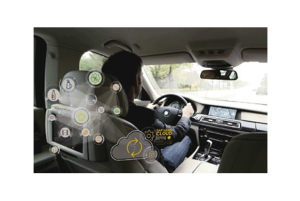 They will enable new in-vehicle services and automated diving capabilities.
They will enable new in-vehicle services and automated diving capabilities.
These connected vehicles will form a major element of the internet of things, say representatives of the research agency Gartner Inc of Stamford, Conn., USA. During the next five years, the proportion of new vehicles equipped with this capability will increase dramatically, making connected cars a major element of the Internet of Things (IoT). Gartner forecasts that 4.9 billion connected things will be in use in 2015, up 30 percent from 2014, and will reach 25 billion by 2020
“The connected car is already a reality, and in-vehicle wireless connectivity is rapidly expanding from luxury models and premium brands, to high-volume midmarket models,” said James F. Hines, research director at Gartner. “The increased consumption and formation of digital content within the vehicle will drive the need for more sophisticated infotainment systems, generating opportunities for application processors, graphics accelerators, displays and human-machine interface technologies,” said Mr. Hines. “At the same time, new concepts of mobility and vehicle usage will lead to new business models and expansion of alternatives to car ownership, especially in urban environments.” Gartner forecasts that about one in five vehicles on the road worldwide will have some form of wireless network connection by 2020, amounting to more than 250 million connected vehicles. The proliferation of vehicle connectivity will have implications across the major functional areas of telematics, automated driving, infotainment and mobility services.

